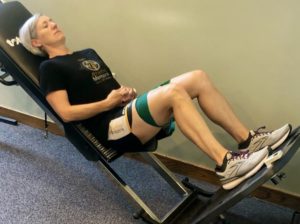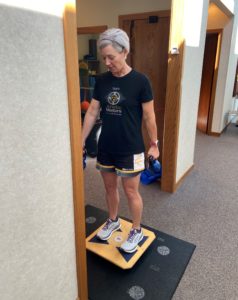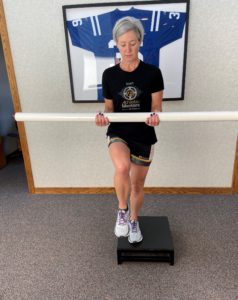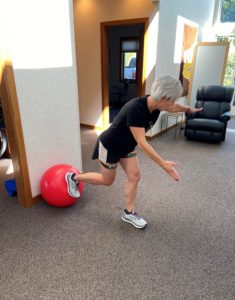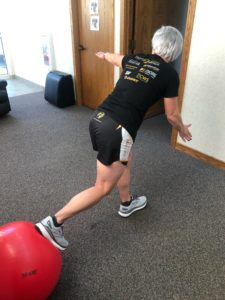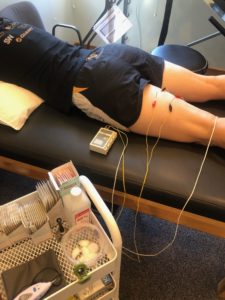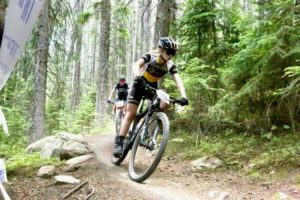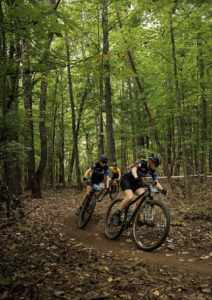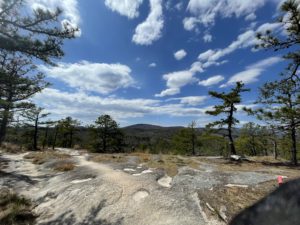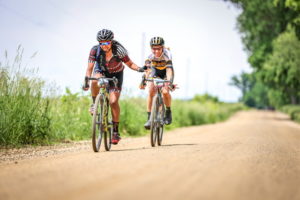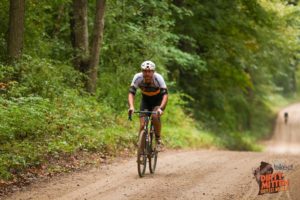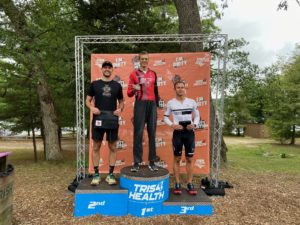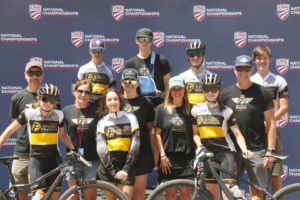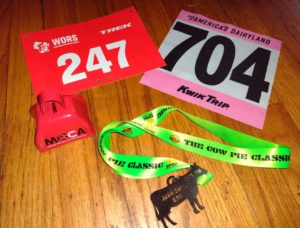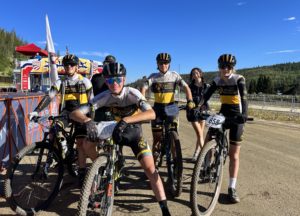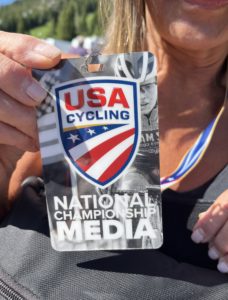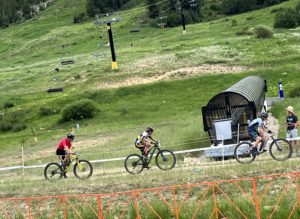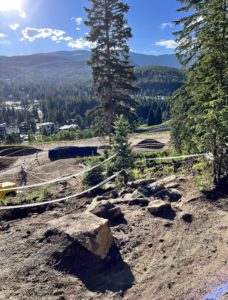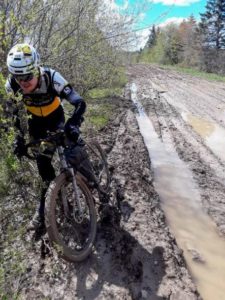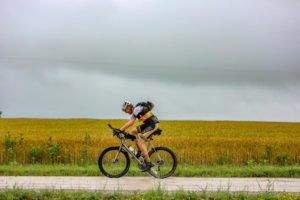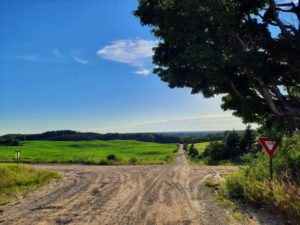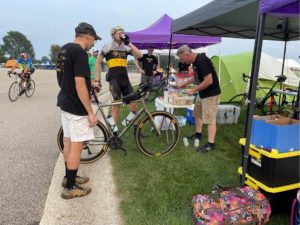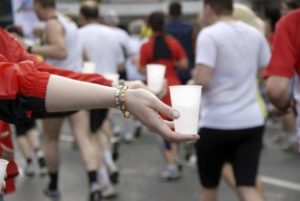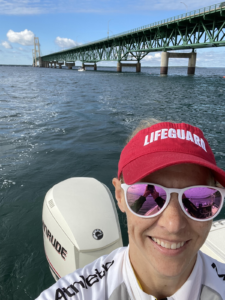By: Raquel Torres
FTP in Cycling. Definition & Tips 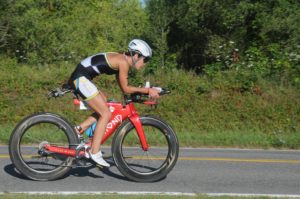
Function Threshold Power (FTP) is a measure of your cycling fitness and ability to maintain a high but manageable power output for a somewhat lengthy duration. From a physiological perspective, it’s the cycling power you produce when your lactate production has risen, leveled off, and then closely matches your body’s ability to remove lactate. This just barely keeps that lactate flooding at bay. In cycling, FTP is that gray area between the power you can sustain for a very long duration, typically an hour, and the fleeting power you can only tolerate for a couple of minutes.
The term FTP it’s a measure of the best average power output you could sustain for 1 hour in a time-trial scenario.
Why is FTP seen as important?
The concept of FTP was developed by Dr Andrew Coggan, co-author of Training and Racing with a Power Meter.
“Power at lactate threshold is the most important physiological determinant of endurance cycling performance, since it integrates VO2 max, the percentage of VO2max that can be sustained for a given duration, and cycling efficiency,” says Andrew Coggan.
“As such, it is more logical to define training zones relative to an athlete’s threshold power vs., for example, power at VO2 max.”
Lactate threshold and FTP aren’t the same thing (while VO2 max is the measurement of the maximum amount of oxygen your body can use during intense exercise). Lactate threshold refers to a specific physical change in the body. It is the point at which lactate begins to increase exponentially in your blood. Your lactate threshold can only be truly determined through blood tests.
Coggan says that lactate threshold and FTP are closely related. One is reflective of the other. FTP is the maximum power you can maintain while your body can still clear excess lactate being produced by your working muscles, allowing you to sustain your effort.
In other words, FTP is the balance point between energy supply and demand among your aerobic and anaerobic energy systems.
When you are cycling at low intensities, you are using your aerobic system. The aerobic system uses oxygen to metabolize fuel to create the needed energy. When your aerobic system can meet the energy demands of your muscles, there’s less contribution from your anaerobic energy system.
However, when cycling at higher intensities, the anaerobic system contributes more. The anaerobic system metabolizes fuel sources without oxygen. It creates energy much faster but for a shorter time. Continue to ride at a high intensity, and the byproducts of the anaerobic system (lactic acid) overwhelm your ability to clear them. So your breathing increases, the legs start to burn, and your time at this power output becomes minimal.
Functional Threshold Power is the harmony between Aerobic & Anaerobic energy systems.
FTP and training
This context is vital for training as well because the difficulty of cycling workouts needs to be scaled to your current fitness level. A structured training plan progressively trains the energy systems needed to grow your fitness. Using cycling power zones, each workout in a plan is designed to provide just enough training stimulus to drive the adaptations that make you a faster cyclist.
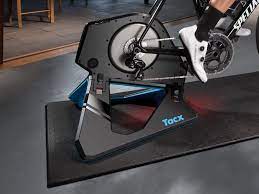 What Equipment Do You Need to Test FTP?
What Equipment Do You Need to Test FTP?
You need a power meter on your bike or a smart trainer with an integrated power meter to measure FTP. Essentially, you just need a bike with some kind of power meter, it measures how hard and fast you pedal, giving you a figure in Watts.
There are various kinds of cycle power meters that attach to your bike and examples include SRM, Stages and Garmin. If you don’t have one of these (they can be expensive) you might consider using a static gym bike that measures power, such as the WattBike.
Another option is to mount your own bike to an indoor trainer that measures power, such as the Tacx Bushido Smart or the CycleOps Magnus Trainer.
The Best Way To Test Your FTP
One of the best-known testing methods is a 20-minute test (Critical Power 20 Test or CP20). You’ll ride at your highest sustainable power for 20 minutes. Your FTP is 95% of the average power during this interval.
This is simply a 20-minute time trial where you ride as hard as you can while measuring your average power output.
Once you know your average power for 20 minutes (for example 200 watts) you can multiply it by 95% to estimate your FTP. For example: if your CP20 power output is 200 watts, a good estimation of your FTP would be 190 watts. This method is surprisingly accurate.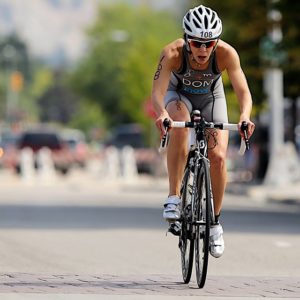
Other Things To Consider After Measuring Your FTP
In addition to testing your FTP, it’s important to measure your body weight at around the same time. This is so you can look at your FTP power output in terms of your power to weight ratio. Otherwise, any gains in your power output might be offset by gains in your body weight in a real-world setting.
You can easily work out your power to weight ratio. Divide your FTP power output by your body weight in kgs. For example, if your body weight is 70kg and your FTP is 200 watts, your FTP power to weight ratio would be 2.86 watts per kilo.
Power-to-weight ratio is a measurement of your power on the bike, in comparison to your body weight. It is expressed as watts of cycling power produced per kilogram of body weight, abbreviated as W/kg.
Larger or bigger riders tend to have more watts than smaller cyclists in absolute terms, but lighter riders require less energy to overcome inertia and propel themselves forward (especially uphill). Power-to-weight ratio thus offers a fairer way to compare different riders’ abilities than by looking at power alone.
How To Set Your Power Training Zones
Once you know your FTP, you can set your own power training zones by using various online calculators such as online software like Training Peaks or Garmin Connect. They have training zone calculators that you can use. Or you can hire a well experienced coach. 
Raquel Torres, MBA
www.raqueltorres.org
USAT- Youth Junior Elite Coach Certified
Other Sources:
https://www.trainerroad.com/blog/power-to-weight-ratio-for-cyclists-when-watts-kg-matters-and-how-to-improve-it/
https://www.myprocoach.net/blog/ftp-test-how-to-measure-your-cycle-performance/
https://www.trainerroad.com/blog/what-ftp-really-means-to-cyclists/
https://road.cc/content/feature/what-ftp-7-key-facts-about-major-training-metric-268471?amp
https://www.trainingpeaks.com/blog/power-training-levels/
https://www.healthline.com/health/vo2-max#about-vo₂-max
The post What is FTP in Cycling? appeared first on Team Athletic Mentors.
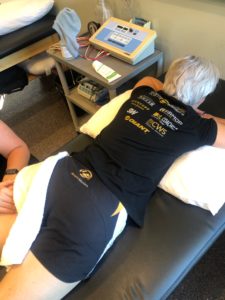 One of the initial benefits of Armor is the ability to book an appointment without needing a referral from your primary care physician. I was allowed 10 visits over a 21-day period which allowed time for an initial assessment, manual therapy, and rehabilitation as we sought approval for continual therapy. With each sports performance rehabilitation treatment I have sought with Armor over the years, initial diagnosis has been a lack of glute activation. My injury this time around was no exception. My hamstring and low back muscles were doing all the work and the nerves between the glute and hamstring were angry.
One of the initial benefits of Armor is the ability to book an appointment without needing a referral from your primary care physician. I was allowed 10 visits over a 21-day period which allowed time for an initial assessment, manual therapy, and rehabilitation as we sought approval for continual therapy. With each sports performance rehabilitation treatment I have sought with Armor over the years, initial diagnosis has been a lack of glute activation. My injury this time around was no exception. My hamstring and low back muscles were doing all the work and the nerves between the glute and hamstring were angry.
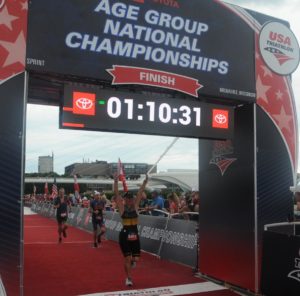




 Our Hockey Site
Our Hockey Site Team AM
Team AM


